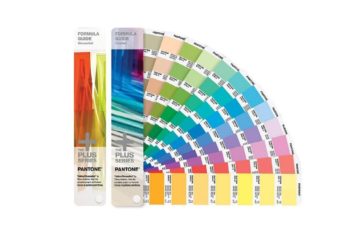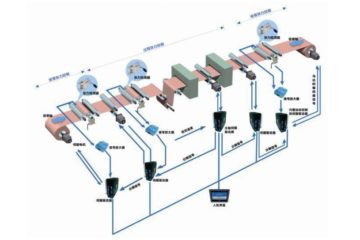1. The work cycle program of the flat screen printing machine is a flat screen type monochrome semi-automatic hand screen printing machine. Its working cycle is: feeding piece → positioning → falling down → falling to the ink board, Raise back to the ink board → scraping stroke → rise to the ink board → return to the ink board → lift the plate → return ink stroke → release the positioning → receive the piece.
In the continuous cycle action, as long as the function can be realized, the time occupied by each action should be as short as possible to shorten the synchronization of each work cycle and improve work efficiency.
2. embossed lines. In the printing process, the ink is pressed against the ink plate and the screen printing plate, so that the screen printing plate forms a contact line with the substrate, which is called an embossing line. This line is at the edge of the squeegee, and numerous embossed lines form the printed surface. Achieving an ideal embossing line is difficult because the printing stroke is a dynamic process.
3. screen printing machine works. Taking the commonly used hand-screen screen printing machine as an example, the working principle of the screen printing machine can be described as follows: the transmission mechanism transmits power, and the squeegee plate squeezes the ink and the screen printing plate during the movement to make the screen The printing plate and the substrate form an embossing line. Since the screen has the tensions N1 and N2, the force F2 is generated on the squeegee plate, and the resilience makes the screen printing plate not contact with the substrate except the embossing line. Under the action of the pressing force F1 of the squeegee, it is leaked from the moving nip to the substrate through the mesh.
During the printing process, the screen printing plate and the squeegee plate are moved relative to each other, and the squeezing force F1 and the resilience force F2 are also synchronously moved. Under the action of the resilience force, the screen is timely returned to contact with the substrate, so as to avoid The blot is dirty. That is, the screen is constantly in the process of deformation and rebound during the printing process.
After the squeegee finishes unidirectional printing, it is separated from the substrate together with the screen printing plate, and at the same time, returning ink is returned, that is, a printing cycle is completed. The distance between the top of the substrate and the opposite side of the screen printing plate after ink return is called the same plate spacing or mesh distance, and should generally be 2 to 5 mm. When hand-printed, the manipulation and proficiency of the operator directly affects the formation of the embossed line. In practice, silk screen workers have accumulated a lot of valuable experience, which can be summarized as six points, that is, to ensure linearity, uniformity, equiangularity, pressure equalization, centering and vertical edge in the movement of the squeegee.


